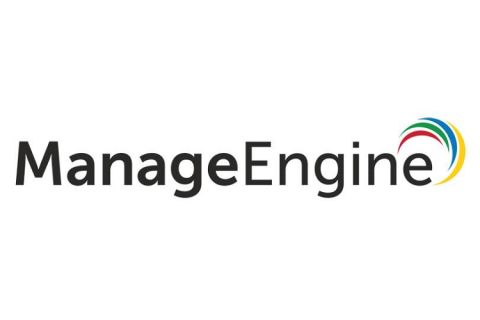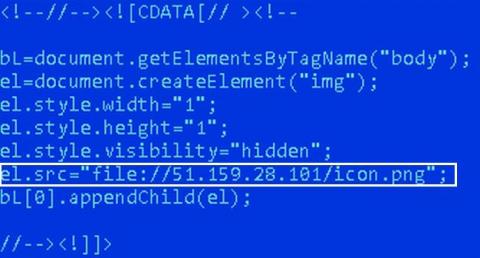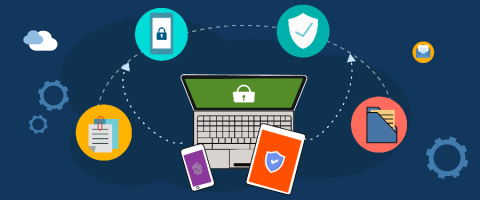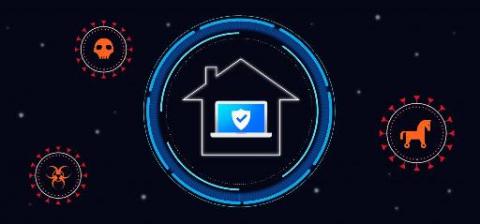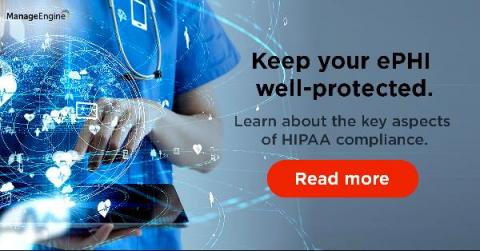CompareCamp awards ManageEngine's endpoint protection software for its great user experience
Vulnerability Manager Plus is ManageEngine’s enterprise security program that empowers system administrators with an essential set of tools for managing and mitigating threats and vulnerabilities across systems in IT infrastructure. This security solution features specialized tools that help enterprises improve their overall security posture. Some of its unique tools include its integrated patch management module, security configuration management, and prioritization of vulnerabilities.




